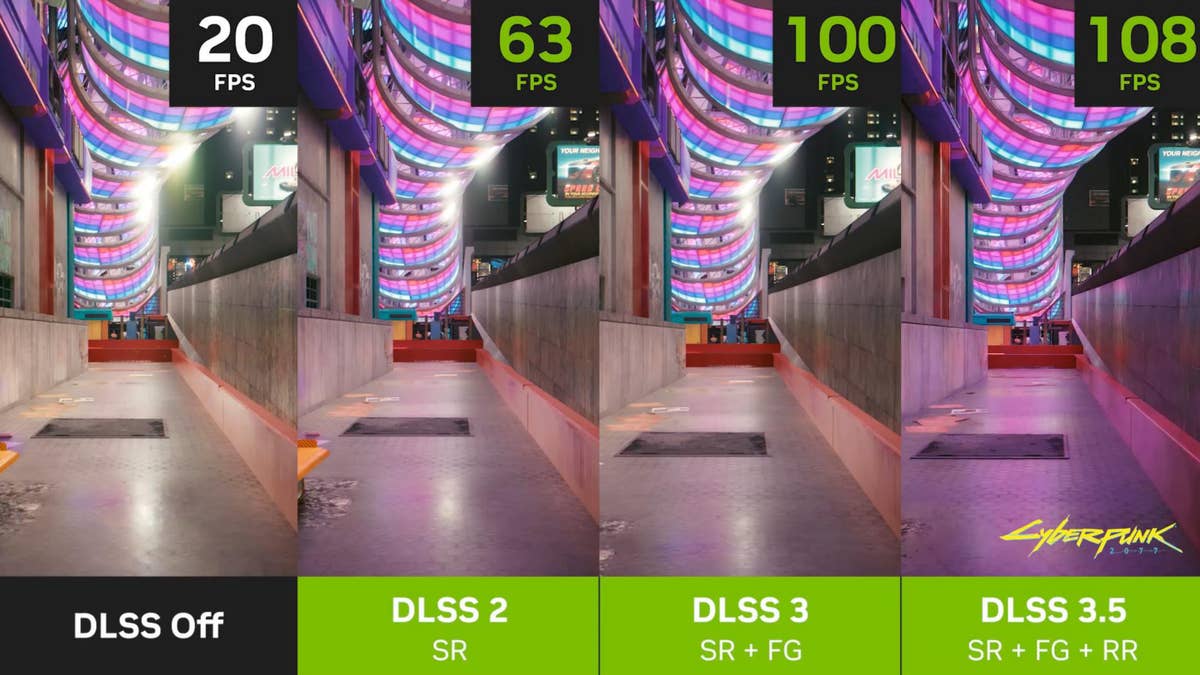Here’s a question for anyone who’s bored: how powerful COULD the OG Switch have been? A common phrase uttered is, “TX1 was a binned chip. Drake is custom.” What could a custom chip look like in 2017 terms? 16nm? Dedicated decompressor? LPDDR4X? CPU/GPU? I just wonder how much more powerful a custom chip would have been than binned TX1s. Could it have come within spitting distance of XBone/PS4?
I think TX1, as a design, was about as good as Nvidia could have given Nintendo. The CPUs were as good as you could get from ARM (admittedly at a period of stagnation), and LPDDR4X didn't see production till 2017. Nvidia was offering their current gen GPU tech, unadulterated (if cut down). Nintendo could get UFS2.1 if they wanted it, but as they were limited by gamecard speeds anyway, I don't think that would have been anything but an increase in costs for no real win.
What Nintendo could have gotten was Mariko right off the bat. 16nm without the random controllers and CPUs that went unused. Nintendo could have, with that chip, made different choices about clock speeds and battery life. There are only two, potentially big, additions I could see with a fully custom chip.
Maybe there is enough room on the motherboard with a smaller chip to have 4x1GB chips instead of 2x2GB. Switch is brutally memory bandwidth constrained despite having a totally normal amount of bandwidth for a mobile device - no other mobile device was trying to support a desktop class GPU architecture at the time. You can imagine most of the stutters and frame drops in the two Zedla games just
vanishing with that sort of change.
The second possibility is that, instead of pushing clocks, Nintendo could have increased the size of the GPU. I think a 4SM GPU is possible, instead of the 2SM we got, doubling GPU power. With some combination of these tricks - pushing CPU clocks, doubling the GPU size (even possibly pulling the clocks back to regain some battery life) and changing the memory layout, Nintendo could have arrived in a baseline that looks like what overclockers have already done to the system.
The TX1 wasn't a bad chip - I think the tendency to slag it off now is a way to get folks to Believe In Drake. But TX1 wasn't just designed for a different customer (Google's Pixel C laptop) it also did a different job for Nintendo. Nintendo needed to establish a successor to the WiiU and the 3DS, and the TX1s level of performance was great for that.
Drake's job is to solidify Nintendo's position in this new niche, and guarantee their longevity. It's a different need, so a different chip






